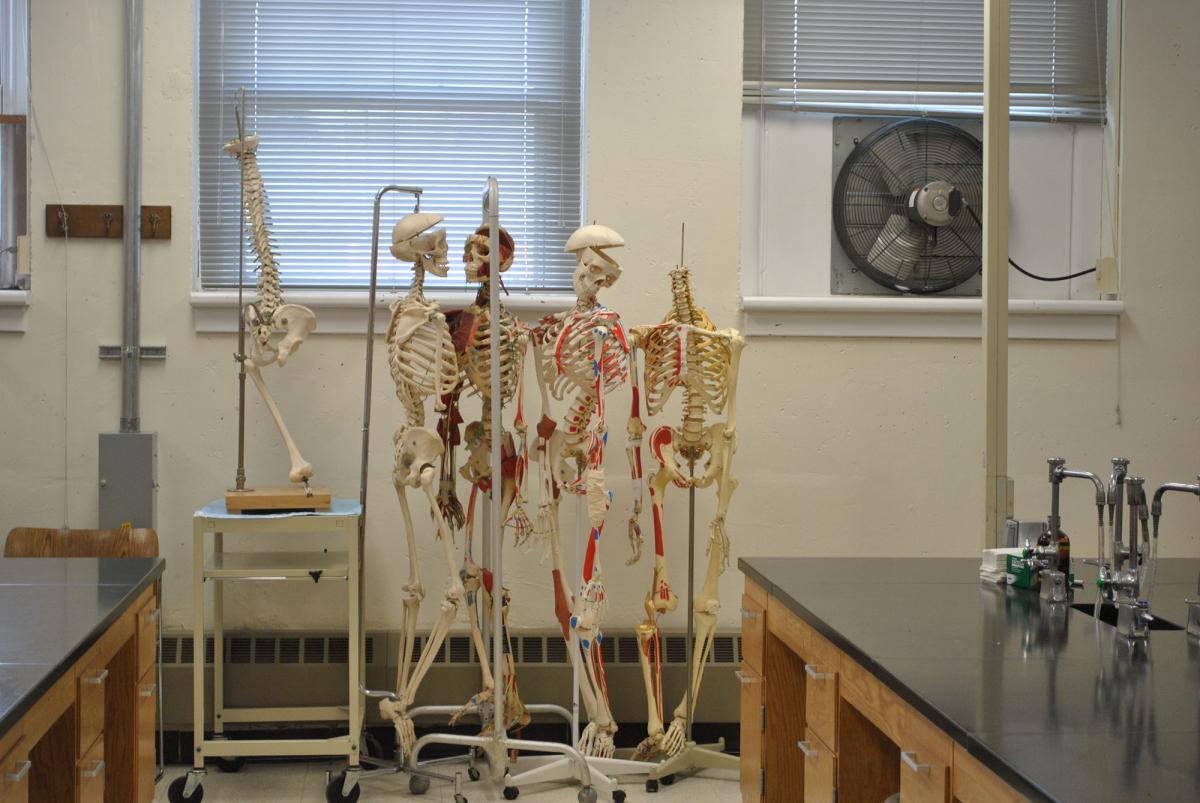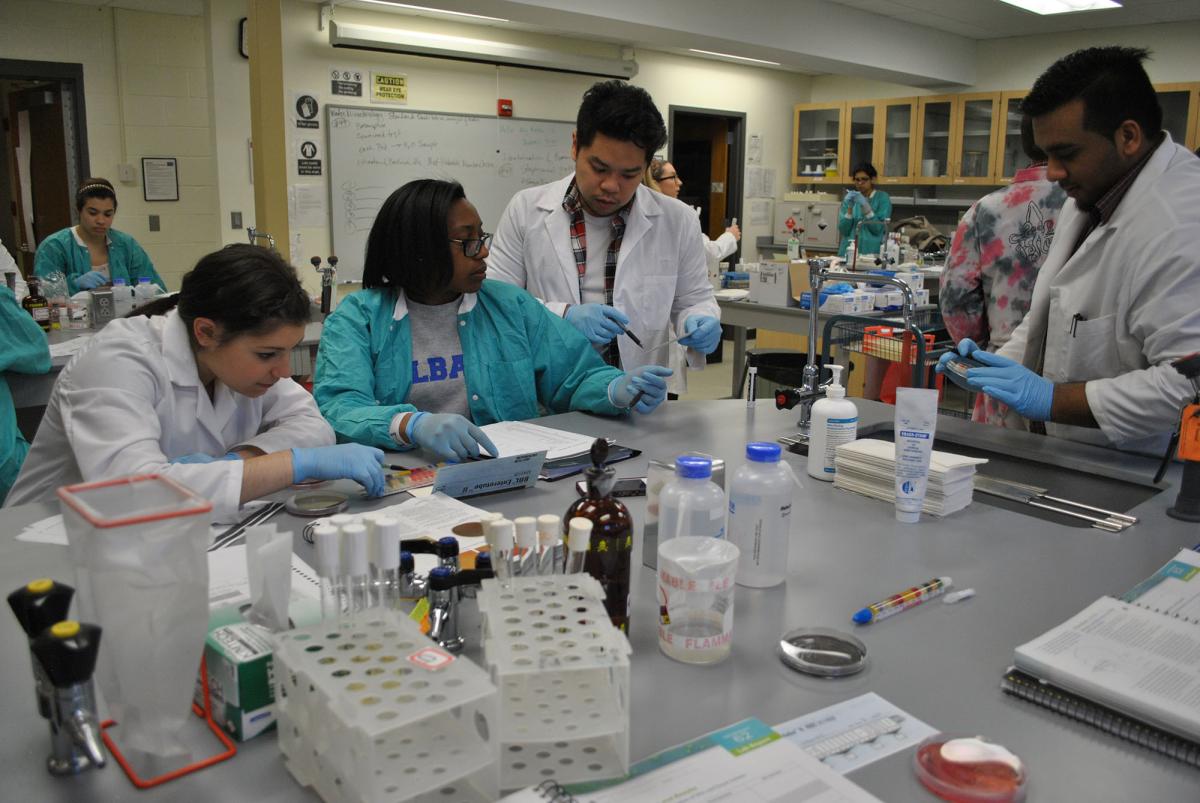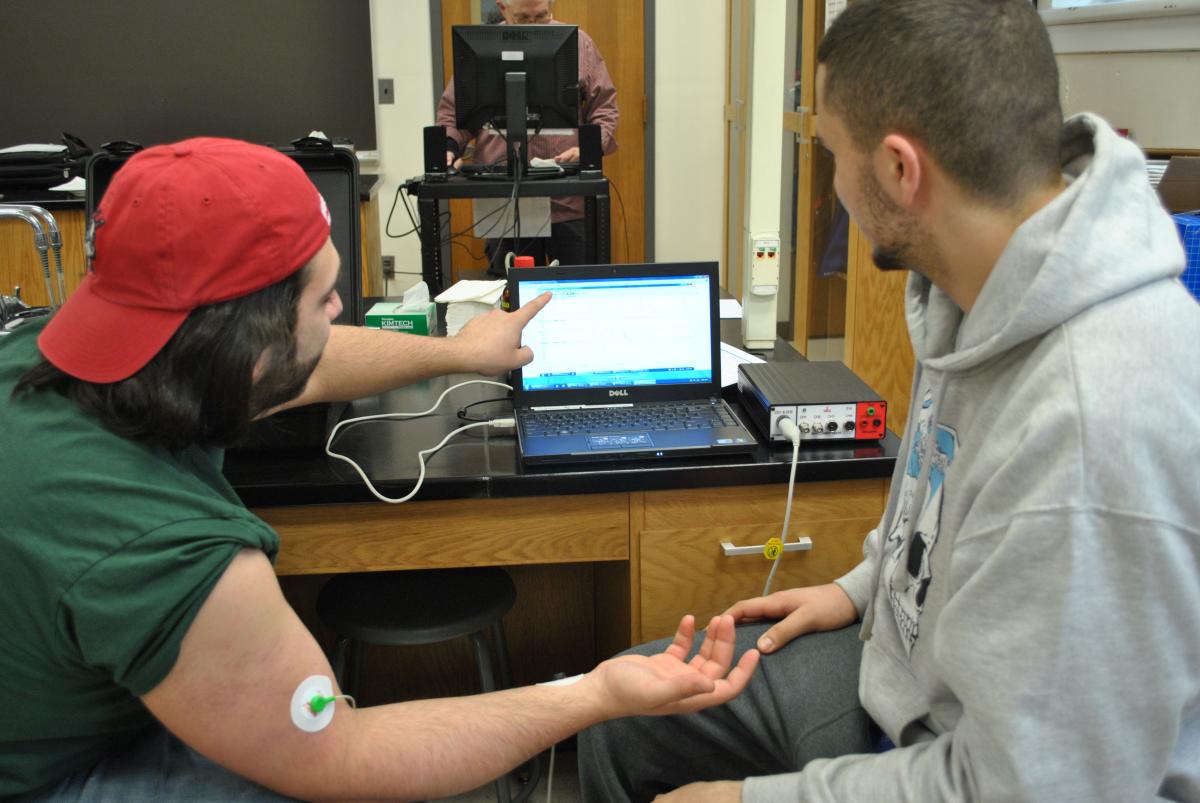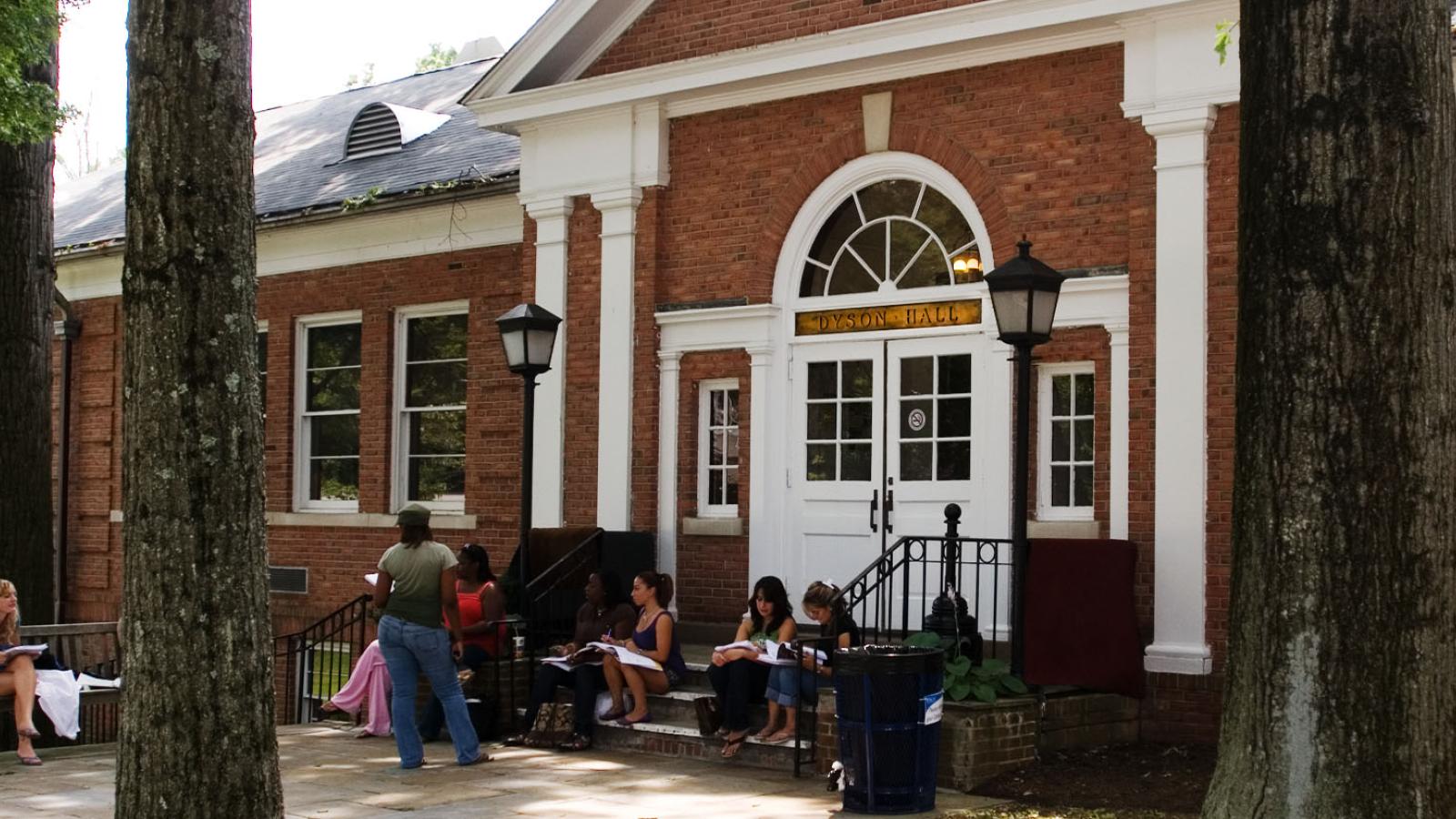
Due to OSHA regulations, all undergraduate labs are available only during classroom hours when a professor is supervising the course. However, the MS Environmental Lab is available 24/7. Most of our graduate students work full-time and can only perform their research after hours or during the weekend. MS Environmental Science students must be on the security list to enter after hours.
For any questions regarding Biology lab safety and security, please contact Laura Cimini, Director of Laboratory Safety and Services at lcimini@pace.edu or (914) 773-3514.
For any questions regarding Chemistry lab safety and security, please contact Sara Man, Manager of Laboratory Services and Safety at sman@pace.edu or (914) 773-3482.
Advanced Biophysical Chemistry
This course is meant to be accessible to undergraduate and graduate students in chemistry, physics, biology, pharmacology, physiology, and other discipline who are interested in excitable cells. Being multidisciplinary per se, the course introduces all the major ideas that a student in the area would be expected to know including physicochemical principles of membranes; theories of membrane transport; passive, facilitated, and active transport; membrane electrochemistry and physiology, ionic channels and their reconstitution in lipid bilayers, blocking and separation of Na–, K+, and Ca+2 currents through ionic channels; experimental techniques for the study and characterization of biomembranes and ionic channels. Lab experiments on fabrication spherical (liposomes) and planar lipid bilayers are also included as a part of the course. Upon completion of the course, students are expected to understand the molecular and physicochemical mechanisms underlying the ionic permeability changes in the course of excitation and signaling which can be accounted for by the opening and closing of different ionic channels.

Anatomy and Physiology
This is a two-semester course in the structure and function of the human body. Emphasis is given to the cell as the basic structural and functional unit of the body and the organization of cells into tissues and organ systems. Organ systems include the skeletal, muscular, nervous, digestive, respiratory, blood vascular, lymphatic, urogenital, and endocrine. A&P is open only to nursing students. The labs performed were on Dissection of the Respiratory System of the Cat and the Anatomy of the Respiratory System.
Environmental Lab
Our Environmental Science lab incorporates teaching and research facilities for graduate courses in environmental science. Our graduate students use the lab to analyze collected data that will be used to support their thesis.

Microbiology
Microbiology is an introduction to the study of microorganisms. Topics include microbial genetics, chemotherapy, and host-parasite relationships. Laboratory techniques include isolation and culturing, antibiotic and biochemical tests, as well as microbiological assays. Dr. Andrew Wier heads up our Microbiology classes. The lab above was on Bacterial Diversity and Archaea and Eukaryotes.
Basic Microbiology
Basic microbiology deals with causative agents of human diseases. Other topics include chemotherapy, host-parasite relationships, and the basis of the immune process. Laboratory includes culturing, primary identification, antibiotic, and biochemical tests. This course is intended for Nursing majors. Students learn to safely handle unseen organisms. Students study microbial characteristics like shape, metabolism, and antibiotic susceptibility; they also learn about epidemics and the ecological impact of microbes. In the lab above, Dr. Charlene Hoegler is conducting a lab on the normal flora of throat and skin and enteric bacteria. Students must also prepare a metabolism report (adopt a microbe).
Molecular and Cell
This course provides an in-depth investigation of molecular mechanisms within the cell, including transcription, translation, energy conversion, cell signaling, molecular transport, cytoskeletal and extracellular structure, cell division, and cancer development. Dr. Aaron Steiner is conducting the laboratory exercises that involve techniques widely used in cell and molecular biology.

General Physiology
General Physiology is an examination of the fundamental phenomena underlying the function and regulation of organ systems in animals, such as contraction, excitation, conduction, secretion, and membrane function. Laboratory exercises illustrate these processes. In the pictures above, Dr. Robert Browner leads the students through a lab on dynamic real-time human physiology. Students study real time dynamic physiological responses to different conditions (resting cardiac function, exercise related cardiac function) on themselves and fellow students. They have to solve the practical problems of setting up equipment and making it work correctly with real results. Thus, they have to problem solve and get results after which they compare them between males, females, and those students who are involved in athletics. In this lab they were looking at changes in cardiac function, ECG, and heart rate.
Physical Chemistry
The idea behind the two- semester course is to present the basic facts and principles of Physical Chemistry. The three main approaches used within the full one-year program are: thermodynamic, structural and spectroscopic, and reaction kinetics and chemical change. The macroscopic and microscopic approaches are used within the course to understand the basic physical principles and mathematical methods that underlie all other branches of chemistry. Upon completion of the labs, student is expected to be able to apply the principles and practice of physical chemistry to other areas of science. The course is concerned with the preparation of the students to take advanced, senior-level and graduate courses in chemistry and instrumentation.
